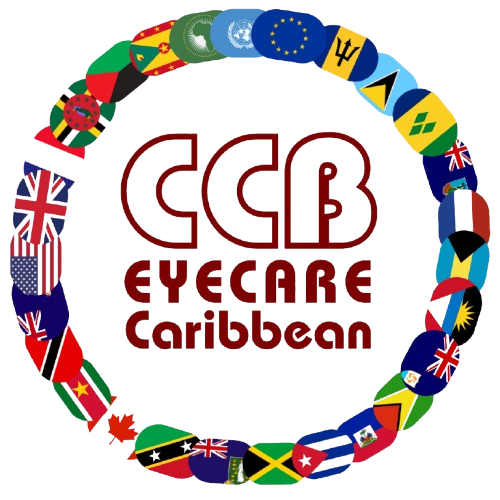 JAMES AUGUSTUS ALVES
JAMES AUGUSTUS ALVES
1883 – 1969
“A Pioneer in programme of services for the Blind and Visually Impaired in the Caribbean”
James Augustus Alves, who was of African heritage, was born in Berbice, British Guiana (now Guyana), on November 10, 1883.
During his childhood, he attended local schools where he secured an Elementary and Secondary School Education. It was reported that young James Alves suffered injury to his eyes, following an accident in a school-yard, when an unidentified object was thrown at him. He subsequently lost sight in both eyes.
At around the age of nineteen, James travelled to the England where he attended the Royal Normal College. His exposure at this College provided him with an insight into the developments for persons who were blind, which were taking place, internationally. Unfortunately, he encountered difficulties in acclimatising to the English Weather and suffered poor health. As a result, he was advised by his Doctor to return to the warmer climate of the Caribbean.
In 1911, Mr. Alves travelled throughout the English-speaking Caribbean seeking to convince political, business and civic leaders of the need to establish programmes of services for the blind. He subsequently decided to settle in Jamaica. Unfortunately, his stay in Jamaica was short-lived as he encountered difficulties in his attempts to start work for the blind.
However, his efforts did not go unnoticed as a Methodist Priest gave him a letter of recommendation, which he took with him when he journeyed to Trinidad the following year.
In Trinidad, Mr. Alves met with the acting Governor, Sir Samuel Knaggs, and presented his ideas. He, in turn, was requested to forward his ideas and suggestions to the Governor (who was overseas) on his return to office. In the interim, utilising his time well, he approached the Roman Catholic Bishop, Father J.P. Dowling, and the Anglican Bishop Father Welsh, for approval and assistance in commencing work for the blind in Trinidad and Tobago. Because the ideas were novel, they were viewed with some scepticism by the public, but received encouragement from the Clergy. On the return of the Governor, Sir George Lee Hunt, James Alves met with him, the Roman Catholic Archbishop and the Anglican Bishop. At the end of the meeting, it was agreed that before any work commenced, a census of the population of those who were blind should be taken. For James Alves, this marked a turning point and provided some hope in work for the blind.
In a feat showing initiative and determination, the indefatigable James Alves travelled throughout the island, through towns and villages, by horse-drawn carts and by train, collecting data about persons who were blind. Throughout his journeys, he was accompanied by a young man who acted as his guide and provided whatever assistance he needed. At the end of the survey, he found five hundred and thirty-three blind persons (533), two hundred and forty-six males (246) and two hundred and eighty-seven females (287); and, including eleven (11) children.
